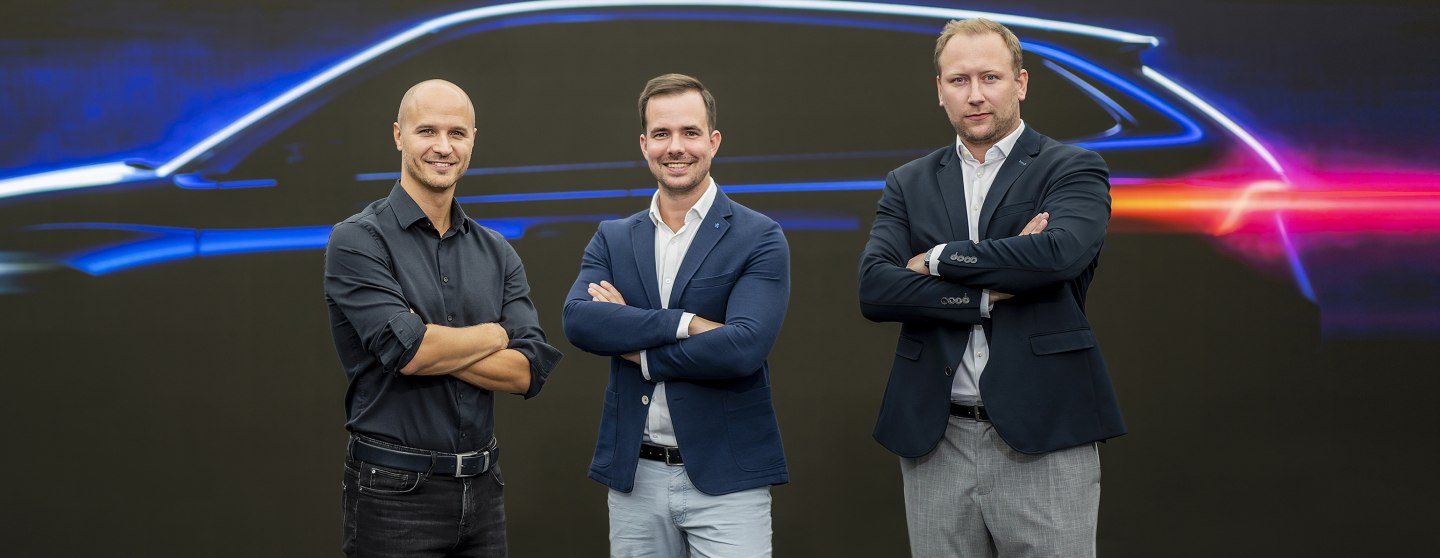Illumination alone is no longer enough
Today, car headlights and lamps no longer just have aesthetic and illumination functions. “In total, there are about 60 functions we have to consider. In addition to the main ones, such as dipped and full-beam headlights, outline marker lights and direction indicators, there are functions such as hazard lights, panic braking, ʻcoming & leaving’ home animations and much more besides,” explains Stránský. One interesting feature is “tourist mode”, which ensures that the headlights work properly even if the driver goes to in a country where they drive on the left instead of the right. This is because the headlights shine asymmetrically on the road, so without this feature they would dazzle every oncoming driver there.
Another interesting point is that it’s no longer necessary to have a turning mechanism in the headlamps to light up corners. This is all dealt with by switching individual diodes on and off or changing their intensity. There are dozens or even hundreds of these diodes in each headlamp. Consequently, modern cars can also control the light beam to suit the environment – in the city the beam is wider and less intense, outside urban areas it is more concentrated on a further distance. Everything is automated, and for this reason headlight development involves a host of software solutions and controller design.
 Škoda Superb Combi and its rear lights
Škoda Superb Combi and its rear lights
Software is going to become even more important in the future. Designers and engineers agree that the trend is not only to light up more parts of the car (including the logo, for example – which required a change to the homologation regulations), but also more complex headlight functions that can turn headlamps into high-resolution projectors. “But this requires yet more changes to the regulations, which are still being worked on. We have to monitor all this and anticipate future developments because, given how long headlights take to develop, we need to be ready for any changes in good time,” says Pascal Schöbel. Our technicians work together with our designers on future trends and try out various creative ideas. For example, the illuminated mask of the Enyaq electric car, known as Crystal Face, recently came about thanks to this collaboration.
 Play of lights from the front headlamp of the Škoda Enyaq 85
Play of lights from the front headlamp of the Škoda Enyaq 85































